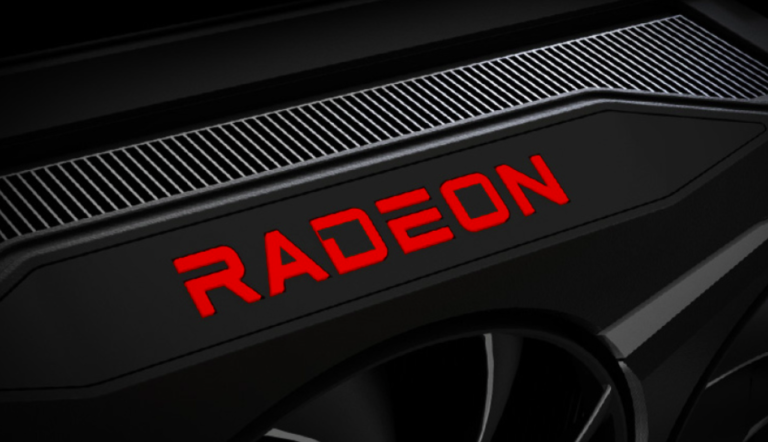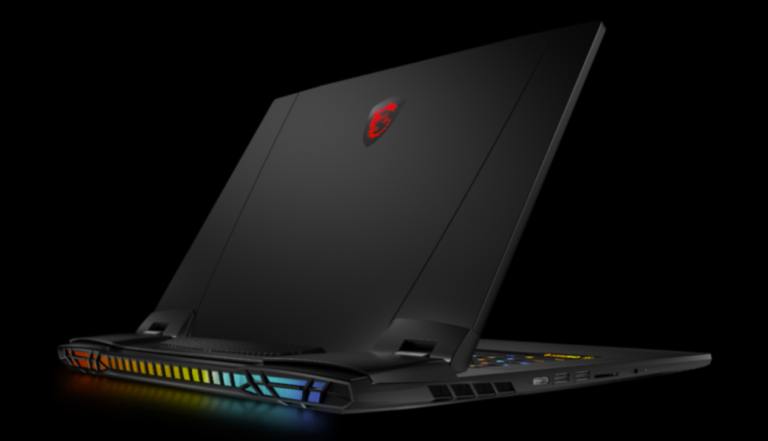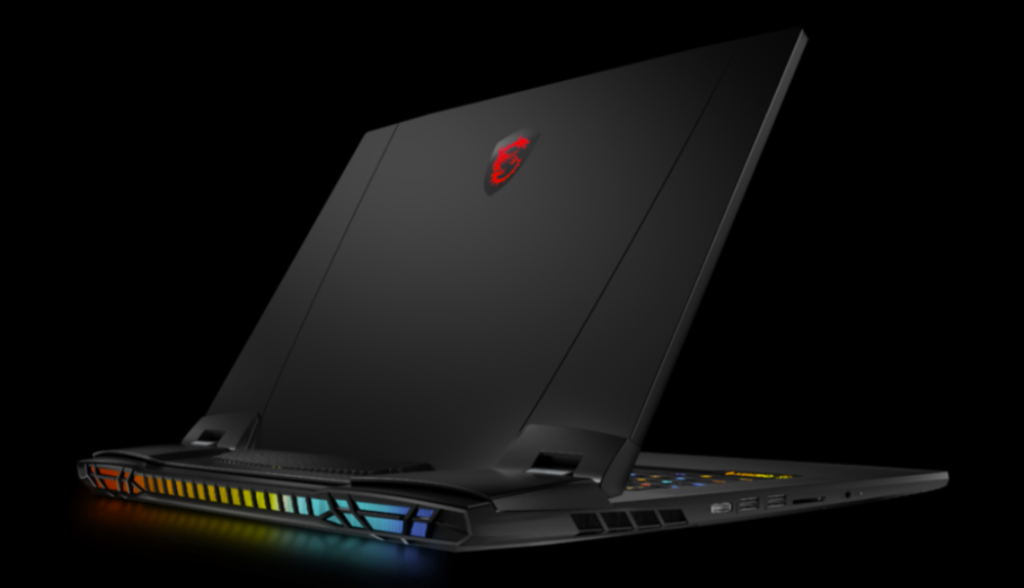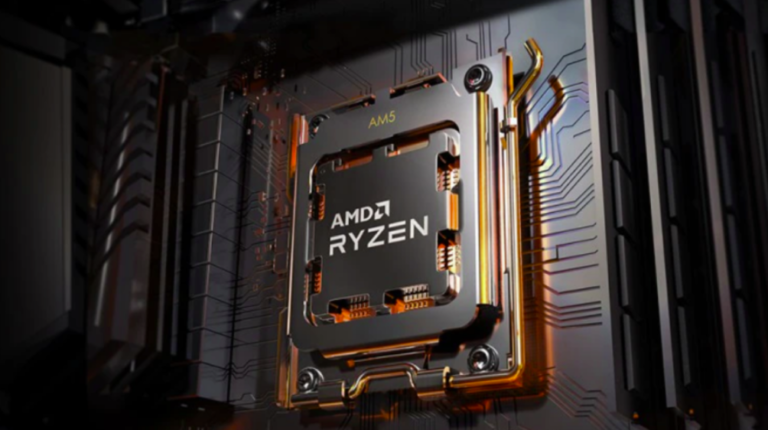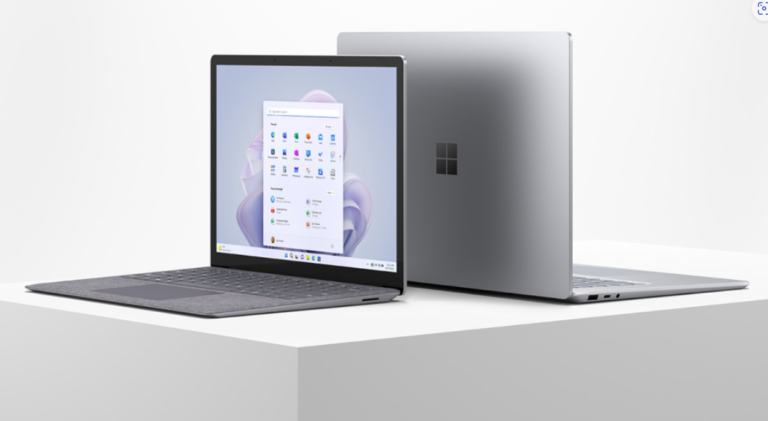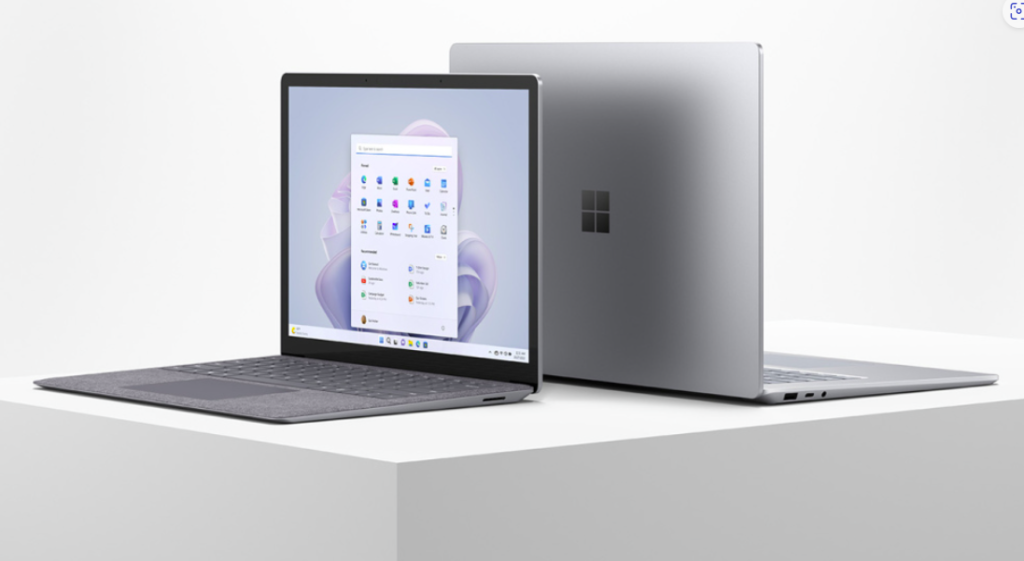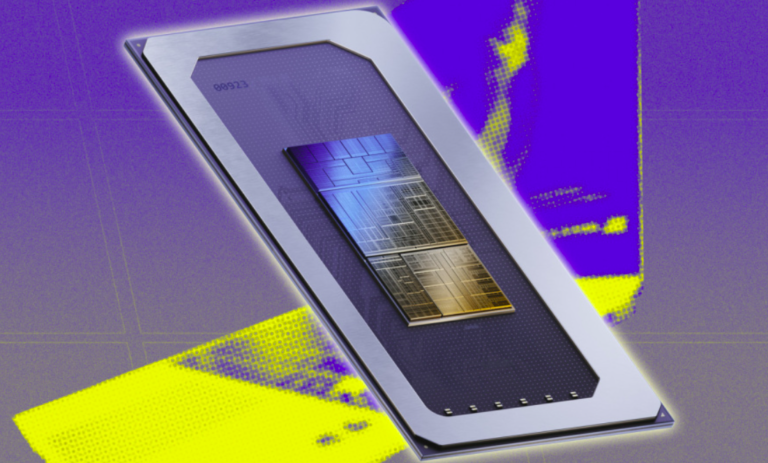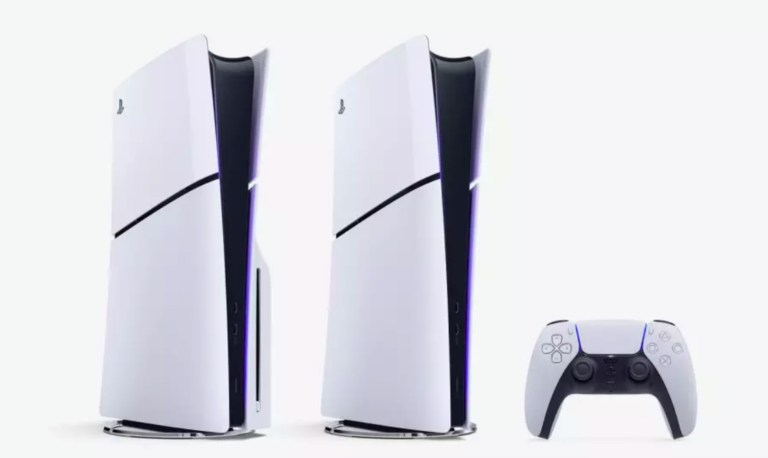AMD has made some exciting announcements at CES 2024. They have unveiled the 8000G APUs, the X3D AM4 CPU, and the impressive 16GB Radeon RX 7600 XT.
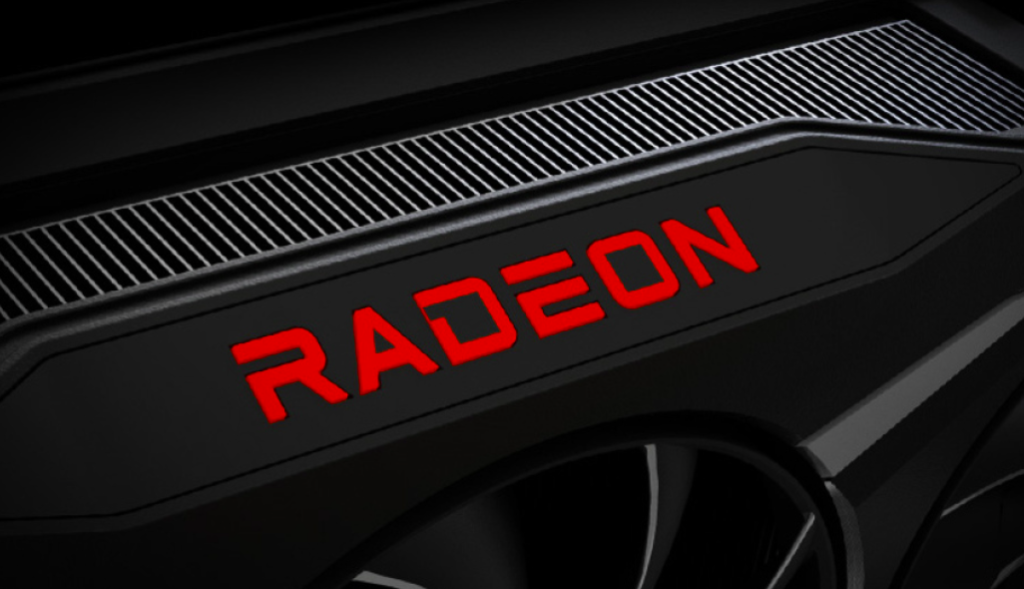
To kick off this week’s CES trade event in Las Vegas, AMD is revealing a significant amount of new gear. The announcements made today demonstrate that the firm can still introduce competitive solutions using its current architectures, notwithstanding our collective curiosity about its next-generation AM5 and RDNA 4 products. Today, it is launching four new CPUs for its AM4 platform, new desktop APUs with Zen 4, and a new Radeon RX 7600 XT GPU with an incredible 16GB of memory for just $329.
The reason the GPU is the most intriguing is that this generation of GPUs has never seen 16GB of midrange memory before. With a 128-bit memory bus and a price tag of $499, the 16GB RTX 4060 Ti is the closest GPU in Nvidia’s lineup. The revised 7600 XT will take the place of its younger brother, the $269 Radeon RX 7600, which has 8GB of RAM but has received negative reviews. The specifications of all 7600 family cards are the similar; however, the XT card has twice as much memory and faster clocks. While its younger brother is limited to 1080p gaming, AMD claims that this combination of technologies enables the card to be positioned for 1440p gaming or 1080p with ray tracing. Both RX 7600 GPUs have a 128-bit bus, which will act as a bottleneck, just like Nvidia’s 4060 cards. At $329, it will debut on January 24 with partner boards and AMD reference designs.

The unveiling of a brand-new Ryzen 7 5700X3D CPU for the AM4 platform is the next most intriguing development. This is the younger sibling of the original V-Cache chip, the Ryzen 7 5800X3D, however it is $200 less expensive than that chip’s $449 MSRP. Both CPUs have 8/16 cores and threads as well as 64MB of V-Cache. However, the 5700X3D has somewhat lower base and boost clocks—just 3GHz and 4.1GHz—than the 5800X3D, which has 3.4GHz and 4.5GHz. With 100MB total cache between L2 and L3 (96MB L3 plus 4MB L2), it has the same amount of memory. Its 105W TDP is the same as well. On January 31, the newest V-Cache CPU will go on sale for $249. In addition, AMD is introducing three more 5000-series AM4 CPUs targeted at less expensive gamers, none of which are X3D.

The Zen 4 APUs for desktops, which are affordable CPUs with integrated RDNA 3 graphics and the Ryzen AI engine developed by AMD, are also finally being unveiled by the company. This launch fills a void in the company’s lineup since desktop APUs for Zen 4 have not yet been released. As anticipated, the business will launch four APUs with eight, six, or four cores, depending on the model. The two six-core chips, the 8600G at $229 and the 8500G at $179, both have the identical six-core design, while the flagship 8700G CPU will cost $329 and have eight Zen 4 cores and Radeon 780M graphics. The budget-friendly 8300G has graphics powered by Radeon 740M and a modest four-core configuration.

This is a big announcement from AMD, and it’s probably the last one for the company’s RDNA 3 graphics platform and Zen 4 architecture. This will round up the company’s lines until September of this year, when we’re probably not going to see any next-generation gear. It will be interesting to see the benchmarking activity when AMD’s newest CPUs and GPU go up against Intel’s new Meteor Lake CPUs and Nvidia’s soon-to-be-announced Super GPUs.
